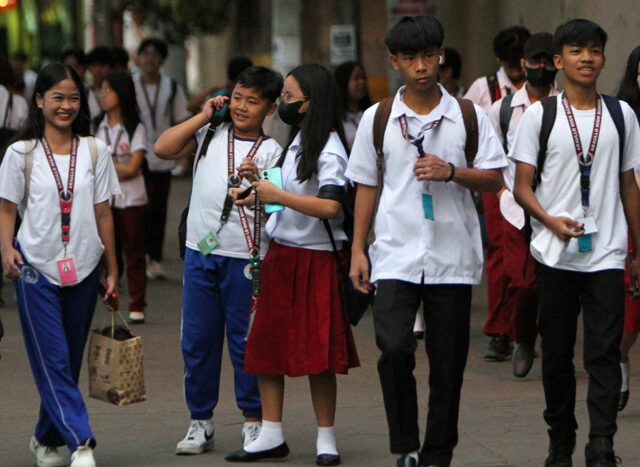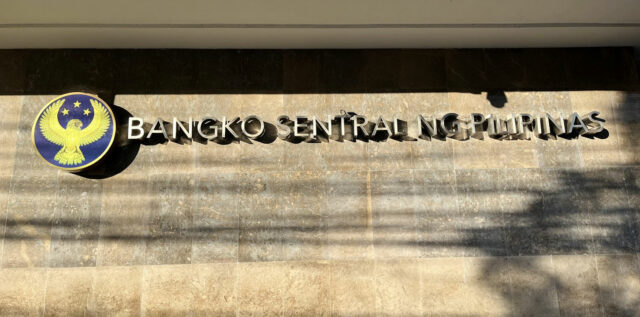Singlife’s Cash for Funeral Costs provides financial relief in the most difficult time
At the end of the day, being faced with a five to six-figure bill isn’t something everyone can afford to deal with. But, it is something you can be prepared for.
Facing the loss of a loved one is a deeply emotional experience, and the last thing families should worry about during this period are financial burdens. Singlife Philippines understands this, which is why their new Cash for Funeral Costs plan empowers Filipinos to plan for end-of-life expenses with peace of mind.
Protecting families from high funeral costs
Filipinos are family first. They will do everything in their capacity to help alleviate the emotional and financial strain brought on by loss. Likewise, bereaved families would want to give dignified farewells to honor their departed. But funeral expenses can easily hit six-digits, creating a significant financial strain on families who are already coping with the loss of their loved ones.
Singlife’s Cash for Funeral Costs alleviates this burden by providing up to P300,000 cash benefit paid to the insured’s beneficiaries with premiums starting at only P447 per month. This gives families the flexibility to use that money to fulfill their loved ones’ final wishes, or use it for any other unexpected end-of-life expenses so they can focus on grieving and remembrance.
The product was designed with customers in mind. Its key benefits aim to provide as much ease as possible when making funeral arrangements.
Benefits of Cash for Funeral Costs
- Meaningful financial support: Receive up to P300,000 in cash to cover funeral expenses. Plans start at only P447/month.
- Yearly coverage boost: Your funeral costs plan gets more valuable over time because your coverage increases every year at no additional cost*. This can help you cover possible price increases in funeral arrangements.
- Flexible payment duration: You can choose to pay your monthly installments for five or 10 years, and you are covered until 120 years old.
- Be covered in case of disability: In case you get permanently disabled, all your remaining unpaid premiums will be considered paid but you will still keep your coverage intact.
- Family plan: No need to transfer or share plans. With one plan, your spouse or life partner is also covered. We’ll also cover your children for free starting in your second year.
- Immediate financial assistance: Upon confirmation of death, we’ll give your beneficiaries immediate funeral cash assistance for urgent funeral expenses.
- Memorial care support: When you pass away, Singlife’s dedicated team will guide your family with arrangements.
A real-life story of financial protection
While adding an insurance plan to your budget is an extra expense, it will provide peace of mind and significant financial support in crucial moments. Take, for example, the story of John. He was the sole provider for his senior parents. Tragically, John suddenly passed away in his sleep at the young age of 28.
But, because of the insurance policy he got from Singlife, his parents received a benefit of almost P1.5 million from his Singlife policy, helping them financially bounce back from their son’s death and grieve their loss without added financial strain.
John’s insurance plan prepared him and his family for that difficult time, thanks to Singlife.
Singlife Philippines and GCash innovate together to provide financial security to Filipinos
Singlife Philippines and GCash recognize the importance of financial security in every life stage for Filipinos. Even at the end, sending you off with dignity shouldn’t have to push your loved ones into a financial crisis.
Death may be unpredictable, but Cash for Funeral Costs puts financial control in your hands and helps you make a choice to financially prepare for this moment and focus on leaving a lasting legacy for your loved ones.
Spotlight is BusinessWorld’s sponsored section that allows advertisers to amplify their brand and connect with BusinessWorld’s audience by publishing their stories on the BusinessWorld Web site. For more information, send an email to online@bworldonline.com.
Join us on Viber at https://bit.ly/3hv6bLA to get more updates and subscribe to BusinessWorld’s titles and get exclusive content through www.bworld-x.com.




 Finding balance when it comes to sharing things online
Finding balance when it comes to sharing things online









